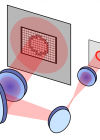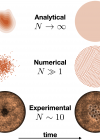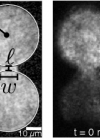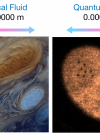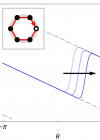Dr. Tyler Neely
ARC Future Fellow / Senior Lecturer
Dr Neely completed his B.S. in Physics and Mathematics at the University of Oregon. He then attended the University of Arizona's College of Optical Sciences. In Arizona, he worked on experiments investigating superfluid vortices and superfluid turbulence in Bose-Einstein Condensates (BECs), in the group of Prof. Brian Anderson. On completing his PhD he was a postdoc at the National Institute of Standards and Technology (NIST) in Boulder, Colorado, where he investigated the application of frequency combs to mid-infrared spectroscopy in the group of Dr. Scott Diddams.
At the University of Queensland, he leads an experimental group focused on ultracold gases and BECs. He is also an Associate Investigator in the ARC Centre of Excellence for Engineered Quantum Systems (EQUS).

